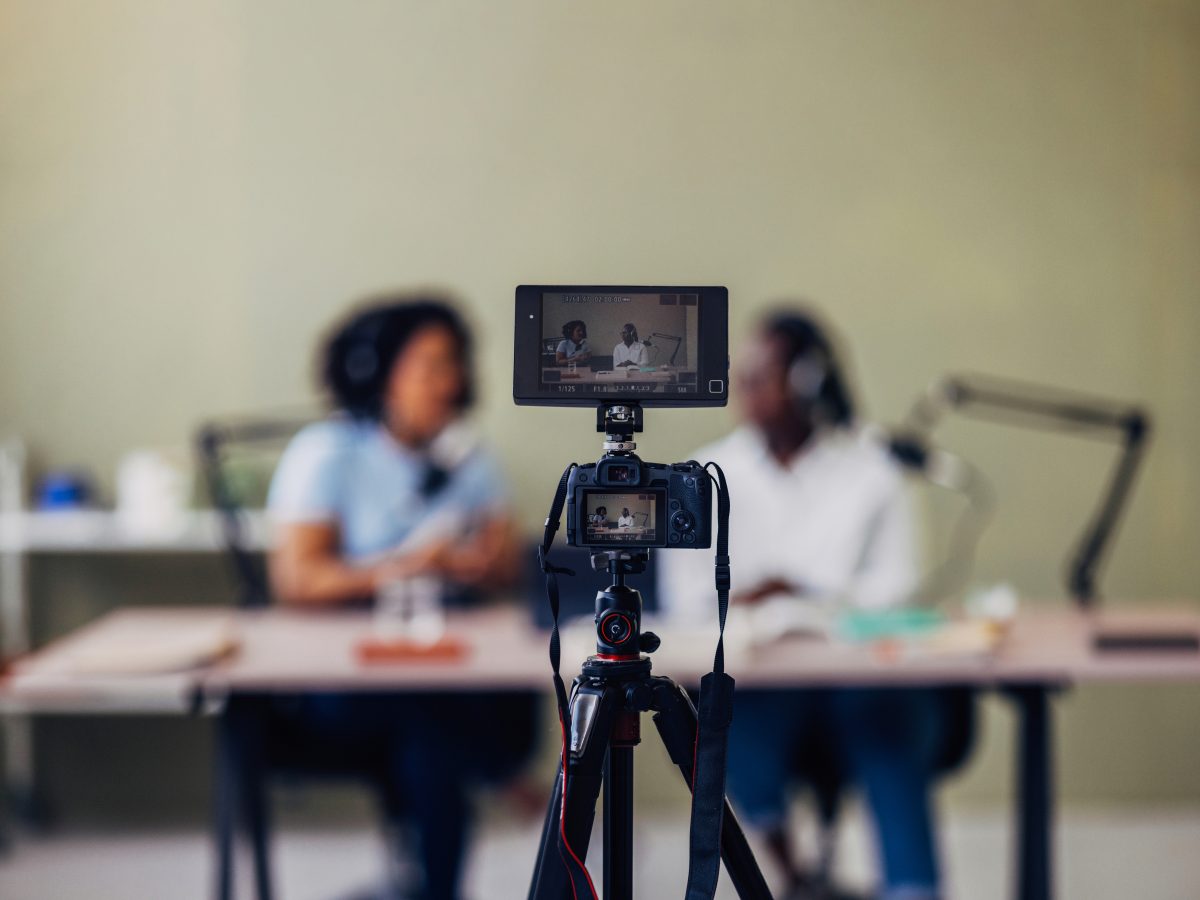
Although it may seem like everyone wants to become a content creator or influencer these days, it takes a certain flair to leave a lasting impact.
In today’s digital age, content creation has skyrocketed. According to Goldman Sachs, the creator economy is projected to reach $250 billion by 2025—and could nearly double by 2027, hitting $480 billion. Global platforms like Instagram, YouTube, and TikTok dominate the space, offering features like CapCut and Instagram Reels that make it easier than ever to produce and edit visual content for wide audiences.
Per a recent Collabstr Influencer Marketing report, 72% of influencers in 2024 identified as women, up slightly from 70% in 2023. Of those monetizing their content, 77% are women and just 23% are men. But despite these numbers, they don’t represent the full picture of user demographics on social media.
Women clearly dominate the influencer marketing world—but when it comes to compensation, men are still winning. Male creators are paid $83 more per collaboration, or roughly 40% more than their female counterparts. The gender pay gap continues to echo like a broken record, even in spaces where women lead. That doesn’t even scratch the surface of the underpayment Black creators face—especially Black women, who sit at the intersection of racial and gender inequality within the creator economy.
The world of beauty influencing is open to everyone, but it’s Black women whose impact, honesty, and innovation have helped redefine the industry. Their contributions go far beyond product reviews and tutorials. Black women have consistently used their platforms to challenge the beauty status quo—calling out lack of shade ranges, representation, and the dominance of Western beauty standards. These critiques aren’t just for clicks—they’re catalysts. They hold corporations accountable, spark cultural conversations, and carve out space for the next generation.
Take Jackie Aina, for example. She launched her YouTube channel in 2008 and has since built a lifestyle empire. Aina’s signature content weaves beauty with social commentary, as she openly shares her experience as a darker-skinned Black woman navigating an industry that often overlooks her. Her work pushes for deeper cultural inclusivity. Or look at Golloria George, whose viral TikTok reviews of the darkest foundation shades offered by leading brands didn’t just gain traction—they sparked change. Her transparency and advocacy earned her a loyal fan base while nudging beauty companies to rethink their offerings.
As shown time and time again, Black women’s impact extends far beyond the content they create.
In a society where “firsts” are still milestones marked by race, Black women are rarely afforded the permission to be average. The bar is always set higher. Yet even amid these externally imposed standards, the desire to build an inclusive and affirming space persists. And in this ever-growing digital world, that desire is what separates content that simply entertains from content that challenges, disrupts, and redefines.
Because if we don’t do it—who will?